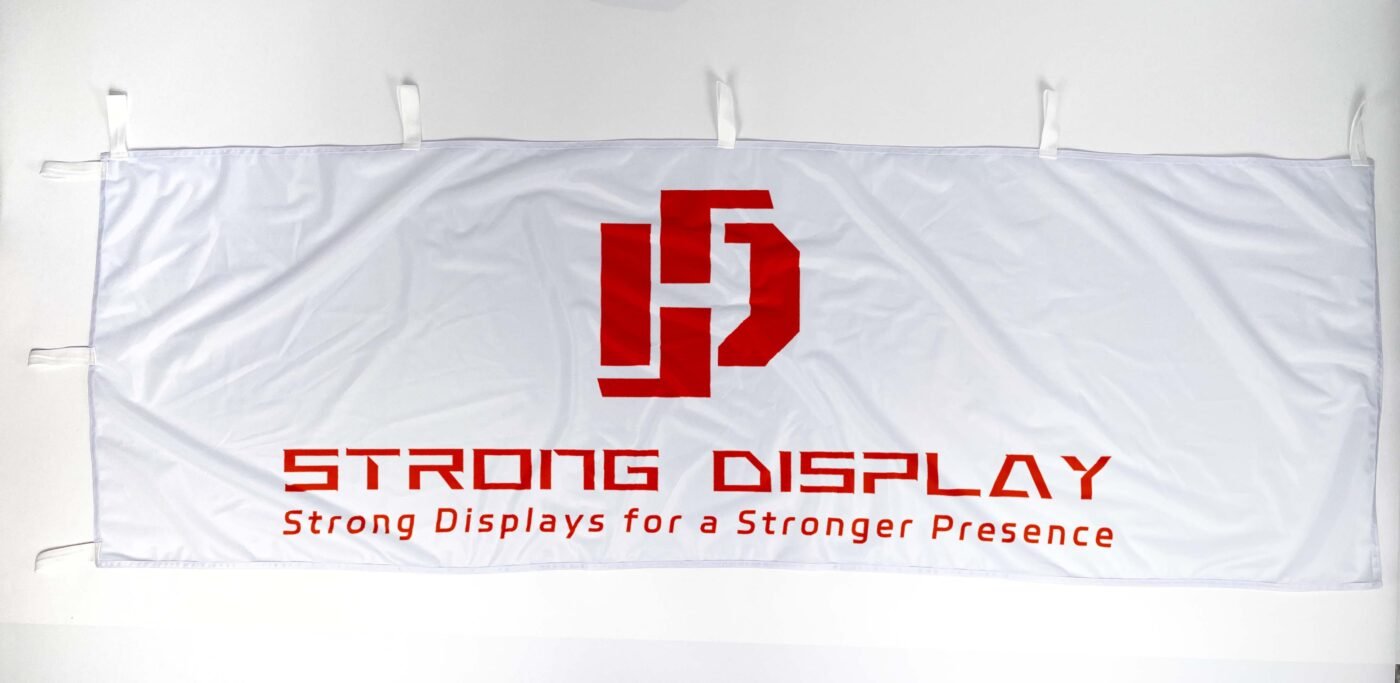Knowledge
Choosing the Right Fabric for Nobori Flags: Durability Meets Design
Introduction
Selecting the right material is pivotal in the production of Nobori flags, as it significantly influences both the longevity and visual appeal of these promotional banners. Nobori flags, used widely for their attention-grabbing capabilities, require fabrics that not only withstand various environmental conditions but also hold vibrant prints effectively. This introduction will delve into the critical fabric properties such as durability, weather resistance, print quality, and overall aesthetic impact, providing a comprehensive overview of how these factors dictate the choice of material in different settings, ensuring that your Nobori flags serve their purpose effectively and efficiently.
Understanding Fabric Characteristics
Selecting the right material for Nobori flags involves a deep understanding of the essential attributes of flag materials. These attributes include durability, which ensures the flag withstands physical wear and environmental factors; weather resistance, critical for flags exposed to varying climatic conditions; and aesthetic appeal, which impacts how vivid and engaging the flag appears when displayed. It is also crucial to understand specific terms related to fabric properties:
GSM (Grams per Square Meter)
This indicates the fabric’s weight and gives an idea of its thickness and durability.
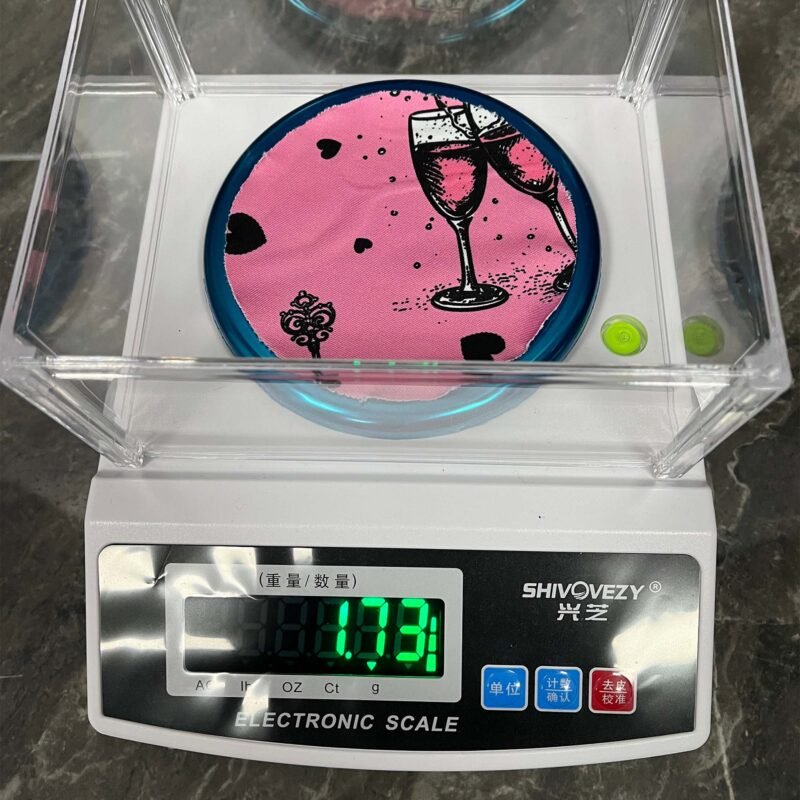
Weave Type
Fabrics can be knitted or woven. Knitted fabrics typically offer more stretch and are lighter, making them ideal for dynamic displays where flexibility and airflow are needed. Woven fabrics are tighter and more stable, providing excellent shape retention and durability.
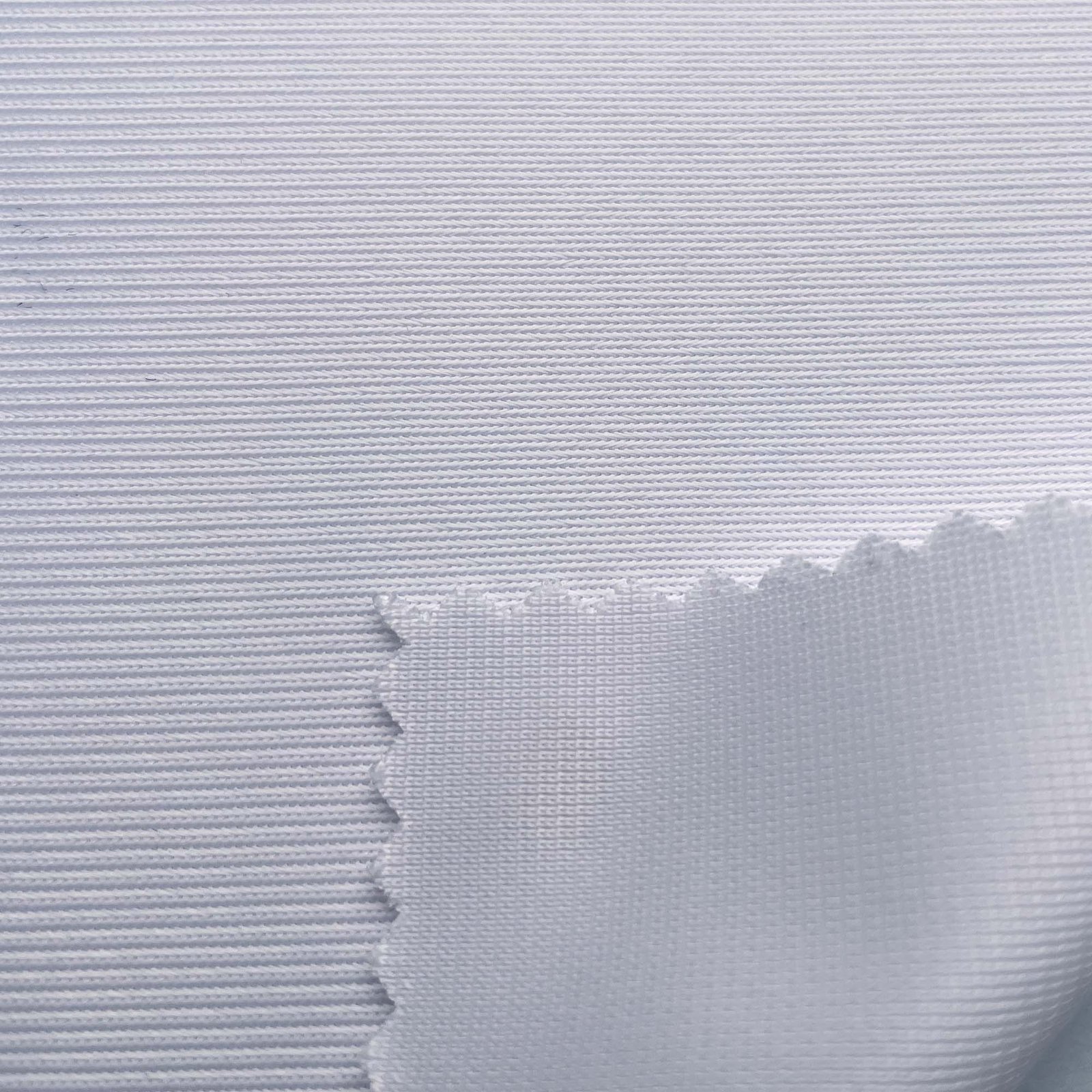
Knitted Fabric
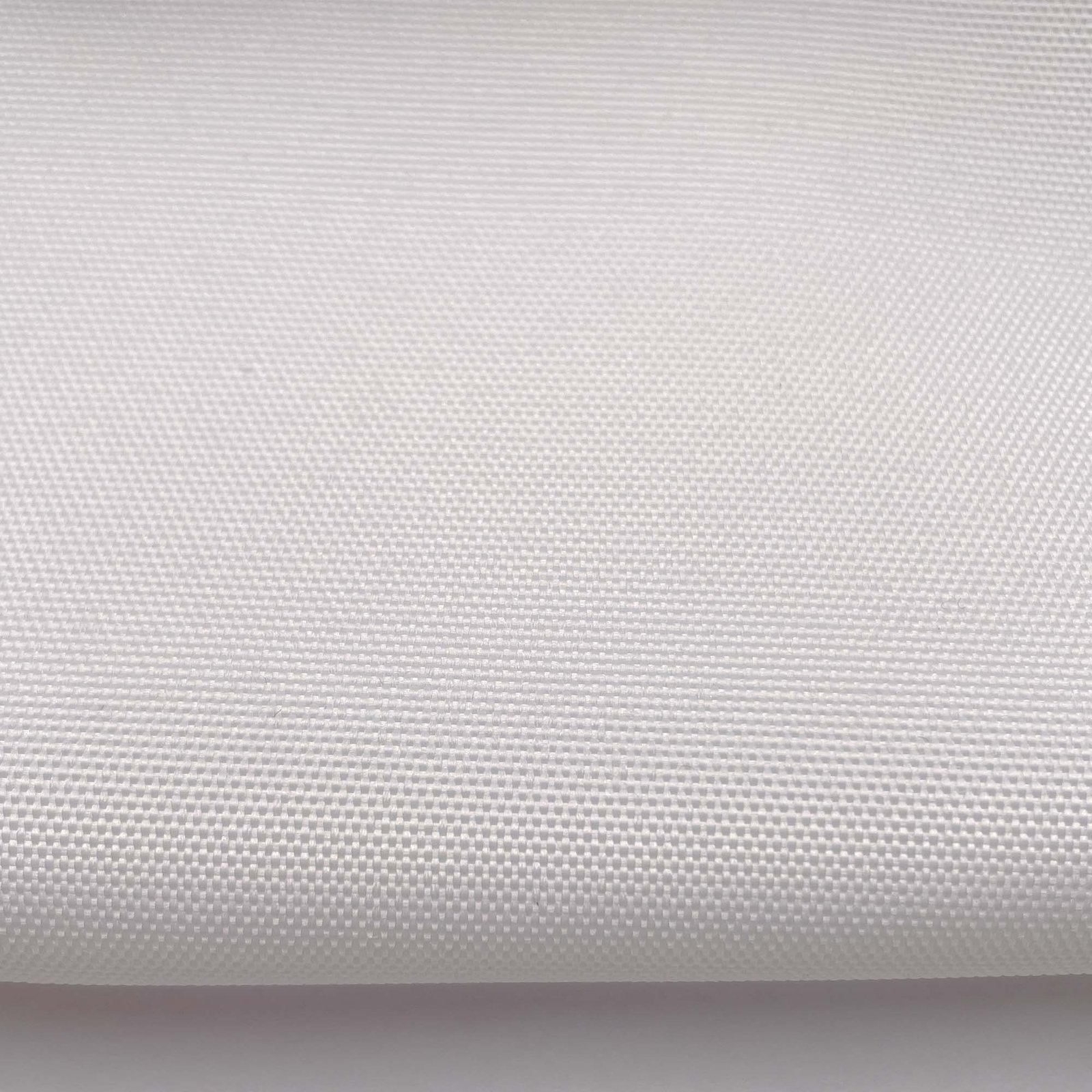
Woven Fabric
Treatment Effects
Treatments can enhance fabric qualities, such as color fastness, water repellence, and UV resistance, extending the life and appearance of Nobori flags.
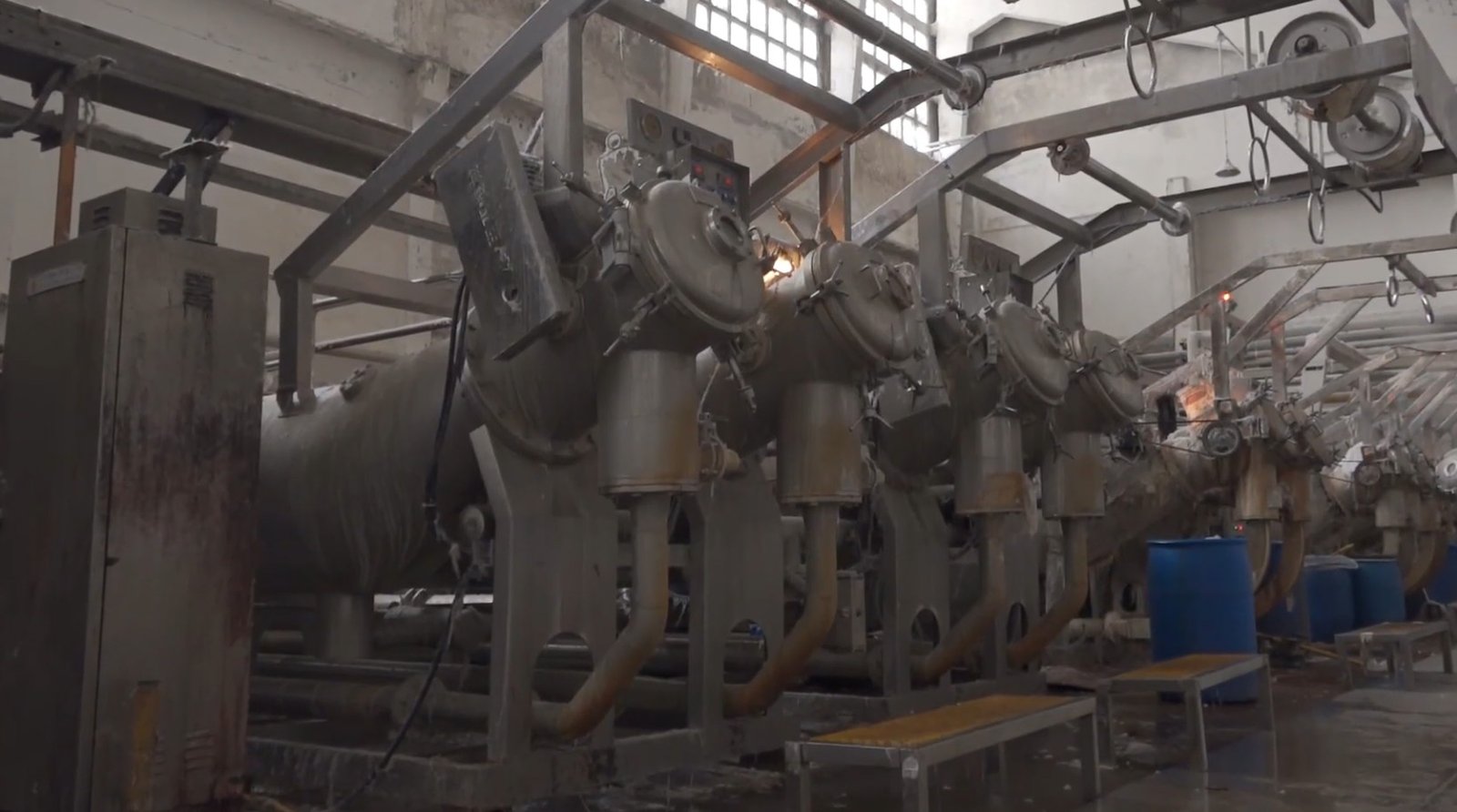
Fabric Treatment
Evaluating Key Fabric Types
When selecting fabrics for Nobori flags, it’s important to understand the specific attributes of each fabric type to ensure optimal performance in various environments. Here’s a detailed analysis of some commonly used fabrics:
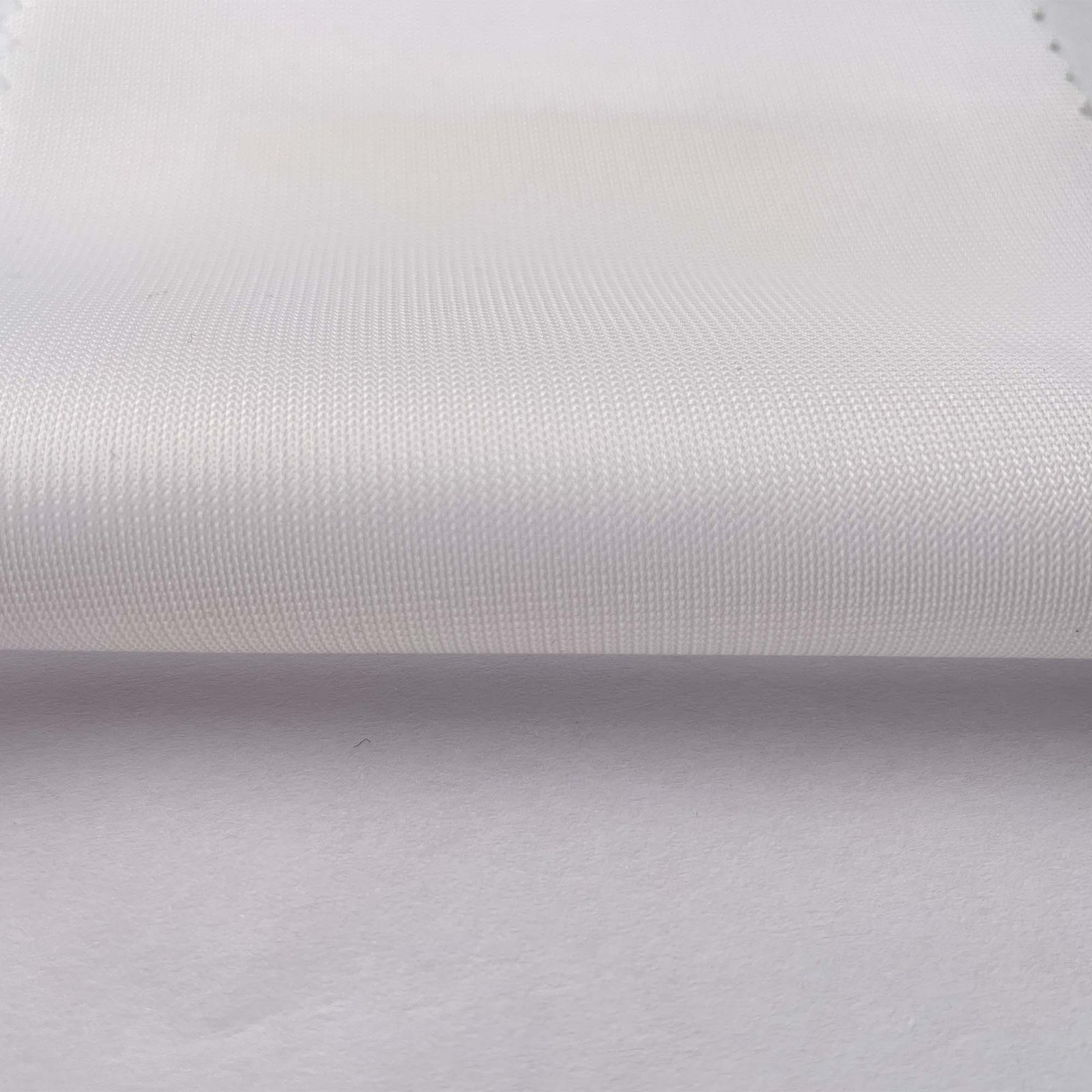
Warp Knitted Fabrics
These fabrics are renowned for their elasticity and softness, making them the ideal choice for environments where flags are exposed to movement and wind. They are also suitable for hanging in an indoor garage. The knit structure offers excellent durability and resistance to tearing.
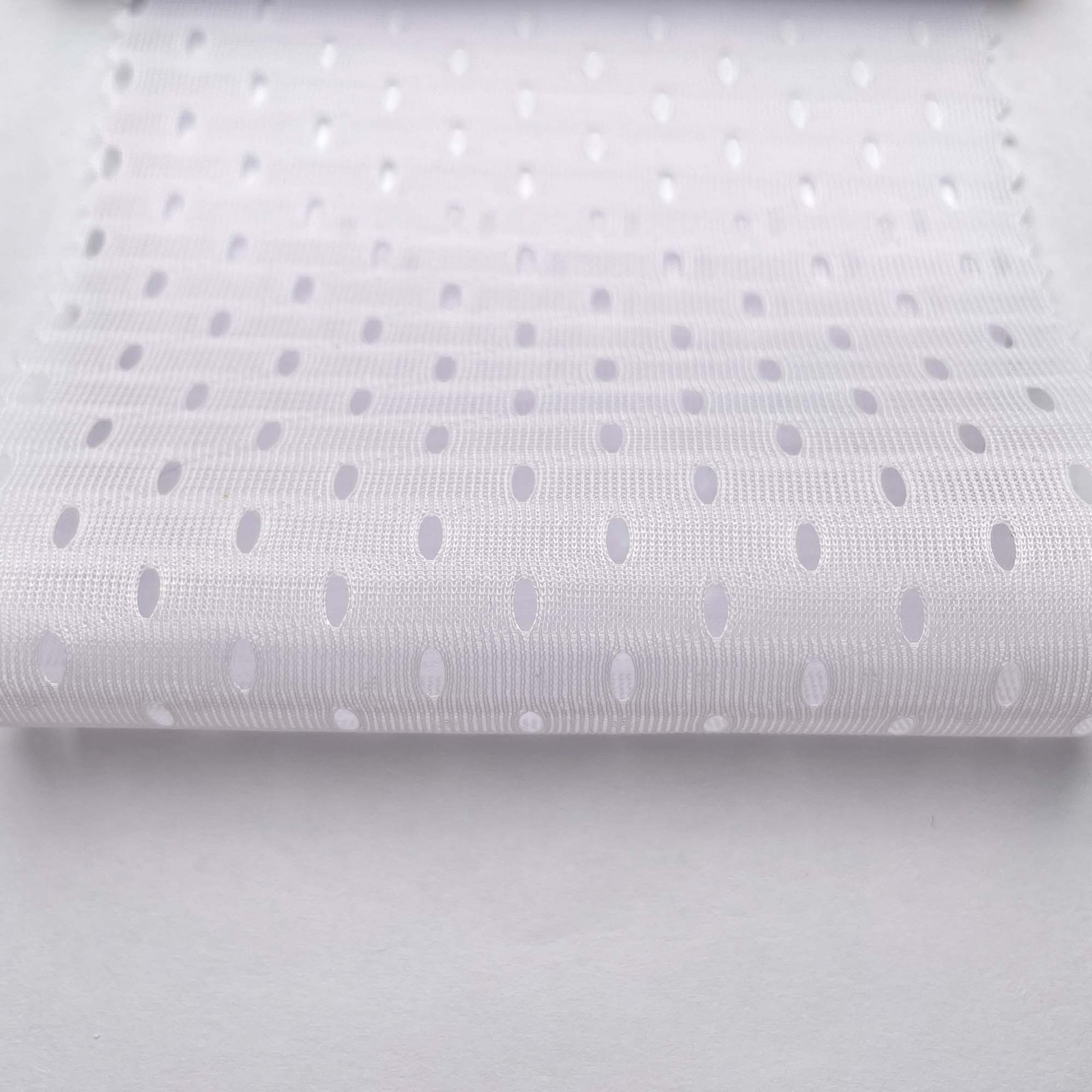
Mesh Knitted Fabrics
With its open weave, mesh fabric allows for better airflow, which reduces the stress on the fabric in windy conditions. This feature makes mesh knitted fabrics suitable for outdoor use where ventilation is needed to prevent damage.

Oxford Fabrics
Recognized for their strength and durability, Oxford fabrics are typically heavier and offer superior structure stability. They are well-suited for long-term outdoor use due to their robust nature, making them ideal for permanent displays.
Factors Influencing Fabric Choice
The selection of the appropriate fabric for Nobori flags is greatly influenced by environmental conditions and the specific use case of the flag:
Environmental Factors:
Wind: Flags are often subjected to varying wind conditions. Fabrics like mesh knitted are designed to allow air to pass through, reducing wind resistance and minimizing wear. Warp knitted fabrics are favored for their ability to retain shape and durability under continuous flapping.
Rain: Outdoor flags need water-resistant capabilities to avoid waterlogging and to maintain structural integrity. Oxford fabrics are treated to repel water effectively, safeguarding the flag from rain-induced damage.
Sunlight: Prolonged sun exposure can degrade fabric and fade colors. Fabrics treated with UV-resistant chemicals, such as specially treated Oxford and block-out materials, are critical to prevent fading and maintain vibrancy.
Indoor vs. Outdoor Use:
Indoor Use: Indoor flags generally require lighter, more decorative fabrics that emphasize aesthetics over durability. Stretch knitted and pongee fabrics are ideal for their smooth texture and ease of handling.
Outdoor Use: Durability takes precedence for outdoor flags. Materials need to withstand environmental challenges without compromising on visibility. Heavier, durable fabrics like 600D Oxford provide longevity and are better suited for adverse weather conditions.
Importance of Fabric Elasticity and Softness for Dynamic Displays:
Flags used in dynamic displays, where movement or frequent handling is involved, benefit from elasticity and softness. These properties ensure the flag moves gracefully and can adapt to various display configurations without sustaining damage. Stretch knitted fabrics are particularly valued in these applications for their flexibility and resilience.
